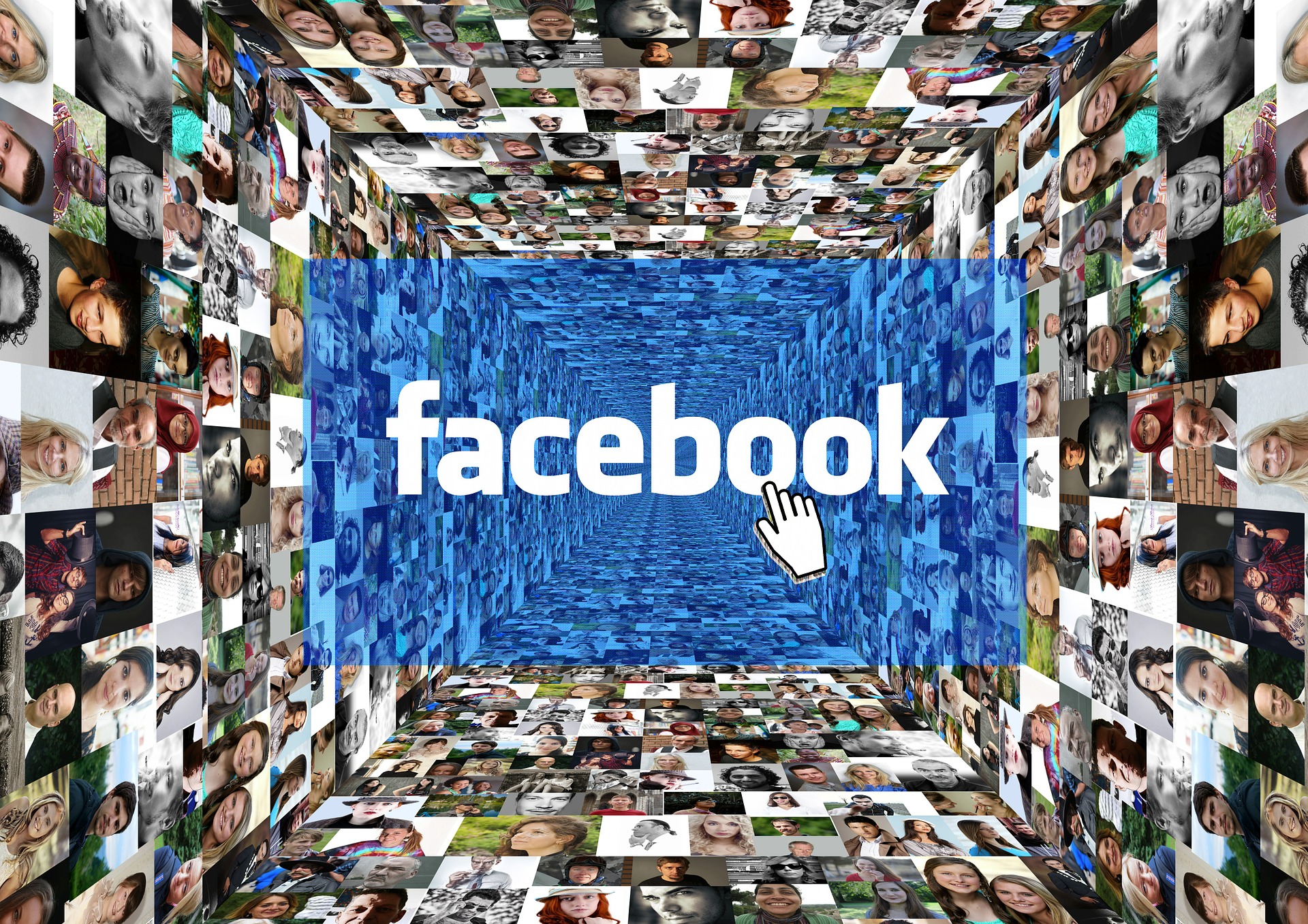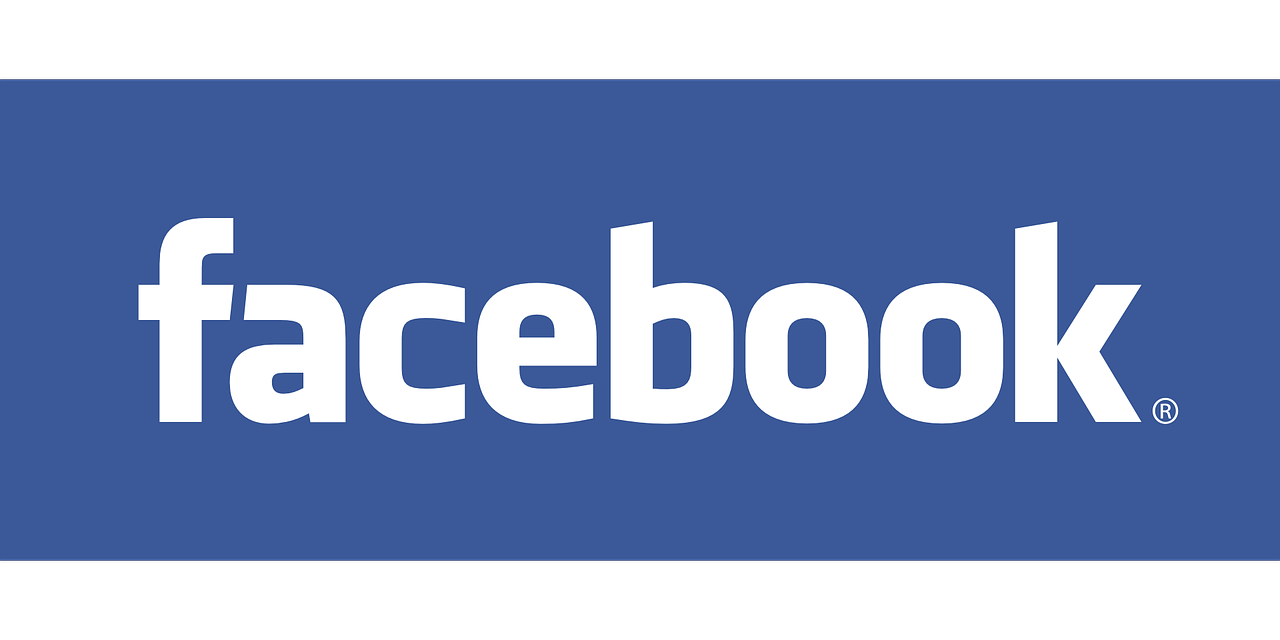Facebooks Ads: How to Analyze Your Paid Ads on Social Media
Facebook is the biggest social media platform on the planet, with more than 2.5 billion active users per month (according to zephoria.com). Facebook has a diverse pool of people using the platform. For most businesses, finding their target audience is not an exceptionally difficult task.
Quick Links
Running a paid ad campaign on Facebook is a no brainer. But if you’re new to running ads on social media and have no idea how to measure the effectiveness of your Facebook ads, then it can be a little intimidating.
Finding and analyzing the right metrics will help you get the most out of your paid ad campaign. Optimization of your campaign will help you increase conversions and sales, improving the longevity of your business.
Here’s how you should start analyzing your paid ads on Facebook:
Measure reach and impressions.

When running a Facebook ad campaign, the very first things that you should be paying attention to are reach and impressions.
Reach is the no. of people who see your ad on Facebook. While the impressions metric is the number of people who view your advert multiple times.
You might be wondering, what’s the difference between reach and impressions. When talking about reach, each individual who sees your ad will be unique. As for impressions, the same people can see the same ad multiple times.
When a person sees a relevant ad numerous times, they are more inclined or motivated to click on the ad. So, having reasonable impressions is necessary for the health of your ad campaign.
One thing to keep in mind with impressions is that too many impressions can be a bad thing. If your audience continues to see the same ad over and over again, they will suffer from ad fatigue.
Ad fatigue can hurt your current and future chances of making sales. It also contributes to a negative brand image.
Monitor your engagement rate.
As the name suggests, engagement tells us how the audience responds to the posts or ads.
Key engagement metrics on Facebook include likes, comments, shares, and clicks.
Your engagement rate for your paid ads can either be a super important metric, or it can be something that you don’t need to spend a lot of attention do. That depends on the goals and objectives of your Facebook ad campaign.
According to Michael Leander, an engagement rate of 1% is good. Below 0.5% means that you need to go back to the drawing board and find out why your ad viewers are not responding to your advertisement.
How to find the engagement rate on Facebook:
To find the engagement rate for your advertisements on Facebook, here is the simple formula.
Take your total engagement and divide it by the total reach. Then multiply the obtained result by 100 to get a percentage value for your engagement rate.
When you drive a prospective customer to your website through a Facebook ad, make sure that you continue your engagement with them. Having a live chat app will help you do just that.
Find your CTR.

CTR or Click Through Rate is a commonly used metric.
Click-Through Rate (CTR) tells you how many people saw your ad and decided to click on your ad.
Why is CTR a vital metric to analyze?
Click Through Rate is a simple metric to understand. If more people are clicking on your ad, then you have an increased chance of making conversions and sales.
If you think that your CTR is lower than it should be then here are a few considerations that you should think over:
- Ad copy. This is a common issue when it comes to ads. If you have not made your message clear in your ad copy (a short sales pitch that accompanies your advert), then your audience won’t be convinced to click on your ad.
- Unclear CTA (Call to Action) button. An obscure CTA button is another significant hindrance to your CTR.
- Bad visuals. An ad that is not visually appealing will not get the results you desire.
Making your advertisement as visually appealing as possible is important for your overall conversions and sales. Create an ad that makes your audience want to click on it.
Measure your conversions.
Conversions are a term used often when it comes to marketing and sales. A conversion is a favorable action taken by a person, usually someone from your target audience, or a visitor on your website.
Conversions help you understand just how many people have taken an action that you wanted them to take.
For example, a common conversion for most blogs is how many people have signed up each month. While this action has no apparent monetary value, it helps the blog target these individuals and provides them with tailored offers and products, increasing the chance of making a sale.
An average conversion rate for Facebook paid ads is a little more than 9% (according to wordstream.com), so you should try to reach this target initially.
How to find your conversion rate:
To find your conversion rate on Facebook, divide the total number of conversions from your ad by the number of total clicks on the advertisement.
Return on Ads Spend (ROAS).

ROAS is a particular metric that tells you how well your paid ads performed on Facebook. It’s similar to ROI (Return on Investment) but different in the sense that ROI tells you the net profit or loss versus the investment made.
How to calculate ROAS:
To calculate ROAS, take the total revenue generated by your paid adverts, and divide the figure by the total amount you spent on Facebook ads.
Conclusion:
Analyzing your paid advertisements on social media platforms like Facebook is essential if you want to get the most out of your marketing and ad budget.
It will take a conscious effort on your part to monitor and evaluate the performance of your Facebook ads. Running ad campaigns on these platforms is a science and an art. You will need to take a focused approach when it comes to analyzing your paid advertisements.
You should analysis a part of your work schedule and ad campaign to analyze the performance of your adverts. This will allow you to be aware of the results your Facebook ads bring in and give you a chance to make them even better.
Author Bio:
Hamzah Adil is a digital marketer who sees social media as a medium to bridge the gap between businesses and their audiences. He’s currently working for a startup that has developed a new live chat app called SwiftChat.
Website: https://www.swiftchat.io
What Is WooCommerce Product Slider and Why Your Store Needs It
Why Do Product Images Matter So Much in Online Stores? When someone visits an online store the…
0 Comments9 Minutes
How to Streamline Your Customers’ Shopping Experience?
The goal for any online store is to make shopping as smooth as possible. When visitors move…
0 Comments8 Minutes
Strengthening Brand-Customer Relationships Through Gamified Loyalty Programs
Creating lasting connections with customers has become increasingly vital as the marketplace grows…
0 Comments6 Minutes
How to Use SEO and SEA Together in Search Engine Marketing
In digital marketing, search engine marketing (SEM) plays a critical role in improving online…
0 Comments10 Minutes
Content Marketing Growth Hacks: Real Shortcuts to Drive Traffic
Are you still lagging in content marketing? Sticking to these old strategies seems…
0 Comments10 Minutes
How to Build a Strong Local Following Using Social Media Marketing
In the days of likes, shares, and stories, local businesses have a golden opportunity to create…
0 Comments9 Minutes
Why WooCommerce is the Best Choice for Your Online Store?
WooCommerce stands out as a top option for anyone looking to build an online store. This platform…
0 Comments8 Minutes
How to Use AI-Powered SEO Tools for WordPress eCommerce
SEO is a critical factor in the success of any e-commerce WordPress store. As competition…
0 Comments11 Minutes








